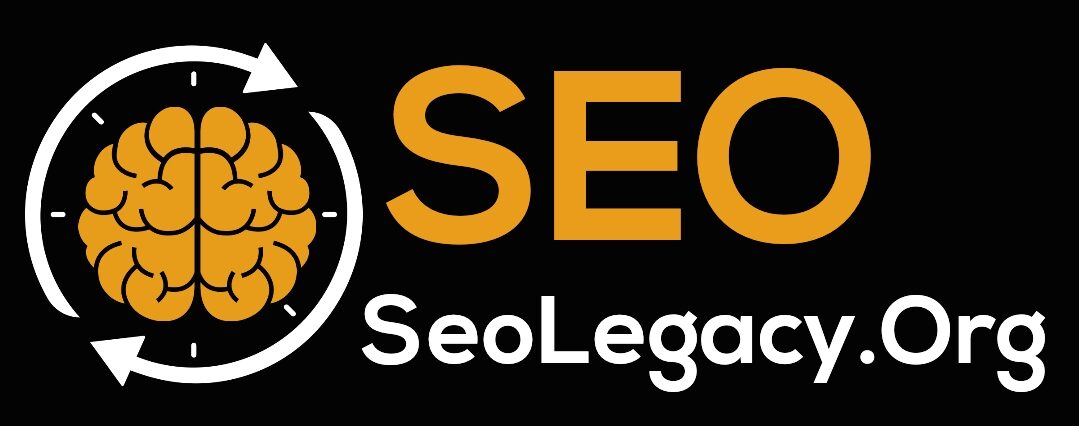Fewer problem categories: Google is simplifying reports in Search Console
Google will simplify various reports in Google Search Console and only show two categories, namely ‘valid’ and ‘not valid’. For example, reports on structured data and the URL Inspection Tool are affected.
The presentation of various reports in the Google Search Console will be simplified in the future. As Google announces, there should only be two status categories in the relevant reports at the top level. Instead of the categories “valid”, “warning” and “error” as before, you will only see the categories “valid” and “invalid”. “Invalid” means that an element that is critical for the area in question is faulty. However, depending on the report, there may be differences in the impact and the names of each status.
Google is currently conducting a test with selected properties in the Search Console for which the new classification is already effective.
Various reports affected
As Google writes on the associated help page, the following reports are affected by the changes:
- Core Web Vitals
- User experience on mobile devices
- AMP report
- Reports on rich results of various kinds such as events or recipes
- URL inspection tool.
The simplified assignment should make it possible to quickly identify the problems that affect the display in the search.

At the level of individual problems, there will still be a classification of “Error”, “Warning” or “Good” in some cases. Instead of text markings, however, this should be marked by colors and symbols. The label changes will not affect automatic notifications, at least during the testing phase.
Changes in individual reports vary
There will be different changes within each affected report. For example, the Core Web Vitals will continue to be classified according to “Bad”, “Needs Optimization” and “Good”. However, the pages are grouped into two tables. One table contains pages from the “Bad” and “Needs Optimization” categories, while the other table shows the good pages.
In the mobile friendliness report, the categories are simply renamed. In the future, these will be called “Not usable” and “Usable”.
The AMP report gets three tables. The first table shows AMP pages with critical issues preventing them from being displayed on Google. The second table lists non-critical issues. AMP pages can also appear in several tables. A table of good AMP pages can be called up via “View data on valid AMP pages”.
There will also be a similar split into critical and non-critical issues in the Rich Results reports.
There will be three statuses in the URL Inspection Tool:
- URL is on Google: The corresponding URL has no critical errors and can be displayed on Google. However, non-critical errors such as warnings for structured data are possible with these URLs.
- URL is on Google but problems exist: The URL has a critical error. This affects the display in the search. Nevertheless, the page can be displayed in Google. Examples of URLs in this category include those with critical errors in structured data or mobile-friendliness issues.
- URL is not on Google: A critical error such as a 404 prevents indexing on Google.
Data in URL Inspection API will be adjusted later
The data in the URL Inspection API will only be adjusted after the changes have been fully rolled out in the Search Console. In the meantime, there may therefore be deviations in the results from the frontend and the API. Google will inform you in a blog post when the API has also been switched.



